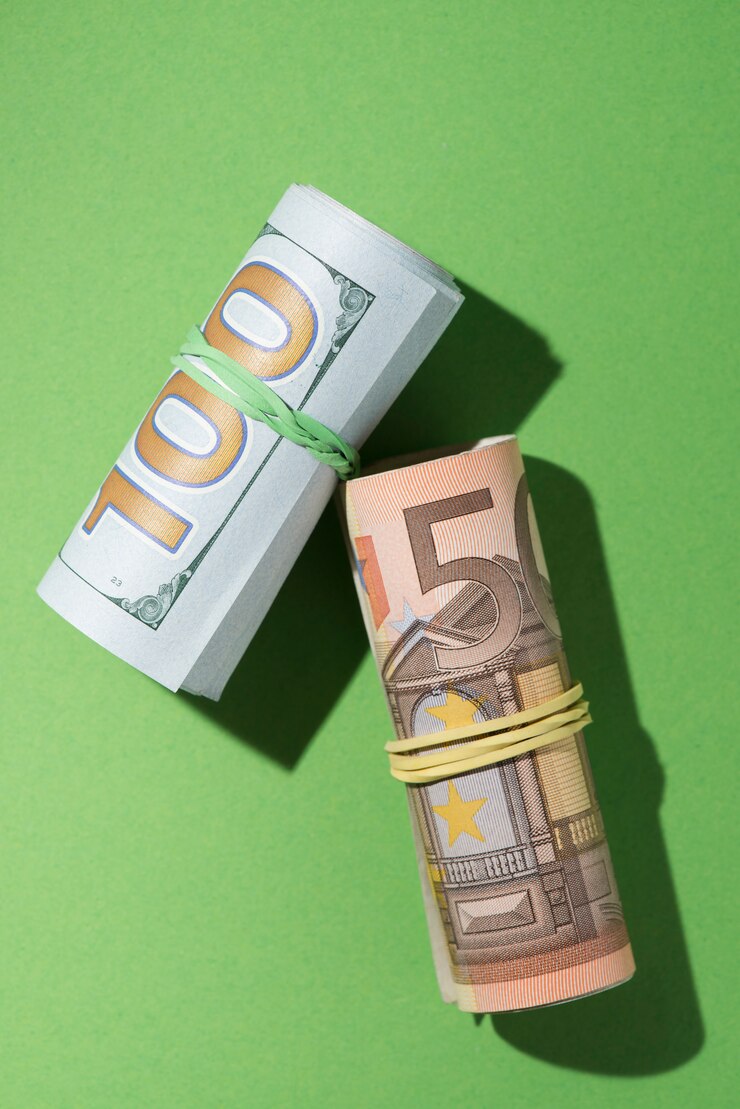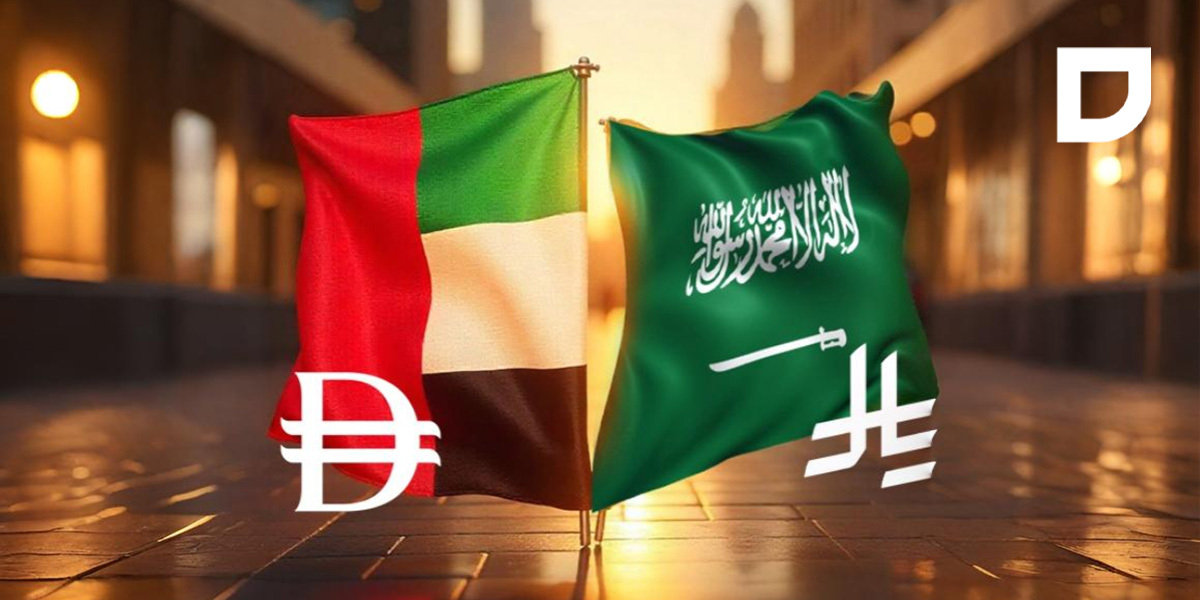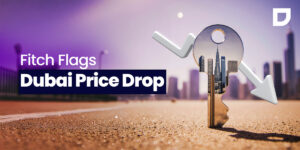In a remarkable blend of heritage and innovation, Saudi Arabia and the United Arab Emirates (UAE) have recently launched distinctive symbols for their national currencies, the Riyal and the Dirham. This move not only underscores their rich cultural identities but also signals a strategic push towards enhancing their global financial presence.
Saudi Arabia's Riyal: A Symbol Rooted in Heritage
On February 20, 2025, Saudi Arabia introduced its official symbol for the Riyal. Crafted with inspiration from Arabic calligraphy, the design elegantly represents the word “Riyal” in Arabic letters. This initiative, approved by King Salman bin Abdulaziz Al Saud, aims to uplift the national currency’s identity and streamline its representation in both local and international financial transactions.
The Saudi Central Bank emphasized that this symbol would gradually integrate into financial and commercial systems, reinforcing the Kingdom’s position in the global economy.
UAE's Dirham: Embracing Modernity with National Pride
Following closely, the UAE unveiled a new symbol for the Dirham on March 27, 2025. This design draws inspiration from the English letter “D,” featuring two horizontal lines that signify financial stability.
Elements reflecting the UAE flag are incorporated, symbolizing national pride and resilience.
This initiative aligns with the UAE’s broader strategy to modernize its financial infrastructure and enhance the Dirham’s recognition in international markets.
The Purpose Behind the Symbols

In today’s interconnected economy, symbols matter. Think of how easily we identify the dollar ($), euro (€), or pound (£). Now, the Riyal and Dirham join that elite club with their own identities.
For international traders, digital platforms, fintech apps, and financial analysts, this visual cue eliminates confusion and boosts clarity, especially as these economies continue to attract global investors and grow their cross-border influence.
Cultural Identity: A Symbol with a Story

These aren’t just financial symbols, they’re cultural statements. Saudi Arabia’s Riyal symbol draws from Arabic calligraphy, weaving tradition into modern finance. The UAE’s Dirham symbol blends the letter “D” with the national flag’s symbolism, standing tall for unity, pride, and progress.
By embedding heritage into currency design, both countries are telling the world: “Our economic future is powered by who we are.” It’s about proudly showcasing their identity while stepping confidently into global conversations.
Economic Modernization: The Future is Digital

This move comes at a strategic moment. Both countries are on bold paths of transformation; Saudi Arabia with Vision 2030, and the UAE with its Financial Infrastructure Transformation Program. These initiatives are all about creating smart, digital-first, investor-friendly economies.
Introducing a currency symbol is a small but mighty part of that plan. It aligns with wider efforts like launching digital currencies, adopting fintech innovations, and building global partnerships. In short, it helps place the Riyal and Dirham where they belong—on the map of modern money.
Implications for the Future
The introduction of these symbols is more than a cosmetic change; it reflects a commitment to economic reform and global integration. For businesses and investors, this move signals a stable and forward-thinking economic environment. As these symbols become embedded in financial transactions, they are expected to enhance the ease of doing business and promote greater foreign investment.
In essence, Saudi Arabia and the UAE are not just redefining their currencies—they are crafting symbols of their future ambitions, blending tradition with modernity to make a mark on the global financial stage.
-
1. Why did Saudi Arabia and the UAE introduce new currency symbols?
Both countries introduced unique currency symbols to boost the global recognition, modernize financial systems, and express national identity. It’s part of their wider economic visions, like Saudi’s Vision 2030 and the UAE’s fintech and digital transformation strategies.
-
2. Will these new symbols impact the way transactions are conducted?
Yes, but gradually. The new symbols will be integrated into payment gateways, banking systems, financial documents, and digital platforms to make it easier to distinguish the Riyal and Dirham in a sea of global currencies. Over time, you'll see them appear on receipts, reports, currency converters, and even keyboards.
-
3. How do these symbols benefit international investors and businesses?
Consistency and clarity are crucial for global finance. A well-recognized symbol builds familiarity, reduces confusion in multi-currency environments, and helps establish trust. For businesses and investors entering the GCC market, it’s a signal that the financial systems in Saudi Arabia and the UAE are becoming more standardized, future-proof, and aligned with global practices.




